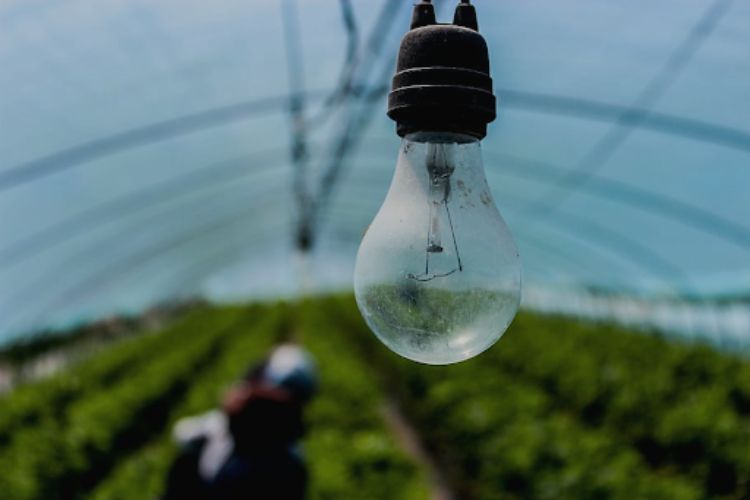Sign up for our newsletter
Get Swipe Garden's independent reviews, and expert advice sent straight to your inbox.
For information privacy practices, read our Privacy Policy.
Sign up for our newsletter
Get Swipe Garden's independent reviews, and expert advice sent straight to your inbox.
For information privacy practices, read our Privacy Policy.
Sign up for our newsletter
Get Swipe Garden's independent reviews, and expert advice sent straight to your inbox.
For information privacy practices, please read our Privacy Policy.

Growing plants indoors often require supplemental lighting; sometimes, you may consider using regular bulbs. So, can you use regular light bulbs to grow lights? This article will discuss various factors when using these devices for your indoor garden.
Let’s scroll down to explore!
The answer is yes! Although a regular light bulb can aid in plant growth, the effects may not be as favorable as those produced by grow light bulbs.
However, you can combine this lighting option with natural sunlight to supplement the light that seedlings receive. If you decide to use regular light bulbs, you should use the types that emit much light while producing as little heat as possible. Moreover, consider the following factors before using this lighting solution for your indoor garden!

You can use compact fluorescent light bulbs instead of grow lights, but they are less effective than others. LED grow lights are the most effective type of bulb for growing plants indoors.
Wattage is another critical factor when using regular light bulbs as grow lights. The bulb with higher wattage often emits more light. However, it would be best not to use bulbs with wattage exceeding the recommended amount for your plants. Using a lighting source with higher wattage can cause your seedlings to burn or dry out. If you use regular lights, selecting a wattage from 40 to 60 is best.
The distance between the light bulbs and your plants is crucial. If these devices are too close to your seedlings, they may burn the plant’s leaves. Meanwhile, they can’t provide enough light for your plants if they are too far away. It would help if you found the proper distance to ensure your plants receive enough light without getting burnt.
Your plants must receive the right light exposure amount to ensure their proper growth. You should leave the lights on for 12 hours and off for 12 hours as well.
Plants require different amounts of light intensity at various stages of their growth. You must ensure the light intensity is enough for your seedlings to grow.
Blue light is suitable for plants’ vegetative growth. Meanwhile, red light is ideal for their flowering stage. You must use the correct bulb color for their growth stage.
Read more: Purple Vs White Grow Light: Which Is A Better Choice?

You can use ordinary lights to provide the necessary light, but it is crucial to optimize their use. One way to do this is by using reflectors around your indoor garden. Different reflectors are available for indoor plants, each with its benefits.
This type can endure wear and tear. Also, these reflectors are easy to maintain. Yet, their price is higher than others.
If you are searching for reflectors for boxed flowers and vegetables, look no further than this option. This type has a rubberized roofing coat, making it easy to maintain. Also, it’s mildew-resistant and can generate 90 percent of reflection.
This type is the most affordable reflector. Yet, these things are softer than Foylon’s reflective films.
Check out 6 tips for using ordinary bulbs for your indoor plants!
Using regular light bulbs as grow lights can be an affordable solution for indoor plant growth. However, consider the factors discussed in this post to ensure your plants grow properly. By doing so, you can enjoy healthy and thriving indoor plants.
FAQs
<strong>What can I use instead of a grow light?</strong>
Compact fluorescent bulbs are excellent alternatives to grow lights if your garden has few plants with limited space.
<strong>Can plants photosynthesize with normal light bulbs?</strong>
Yes! Normal ligh bulbs can provide your garden with a lighting source for photosynthesis.
<strong>Can I use An LED light bulb as a grow light?</strong>
The answer is yes! LED bulbs can be beneficial for your plants, specifically white LED grow light. They have an excellent combination of various wavelengths plants require.